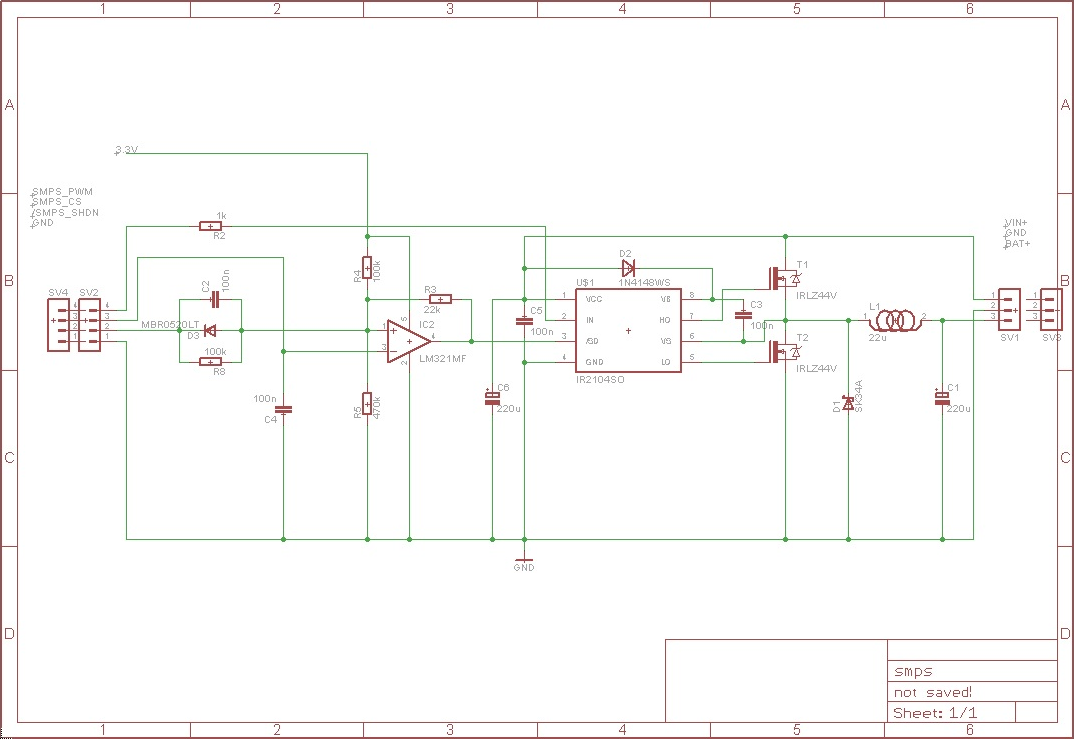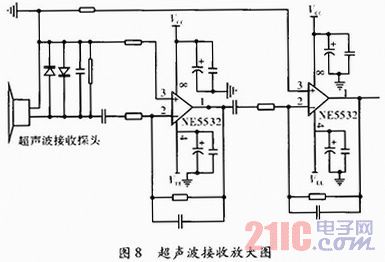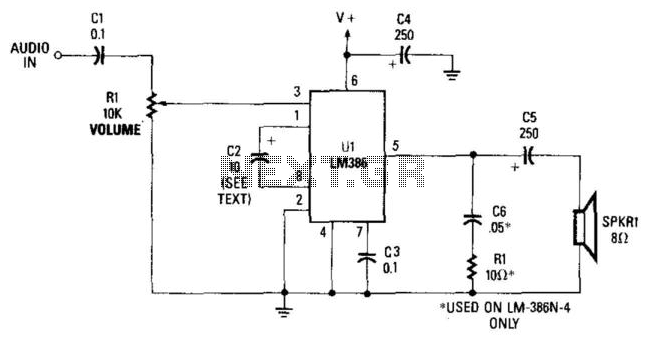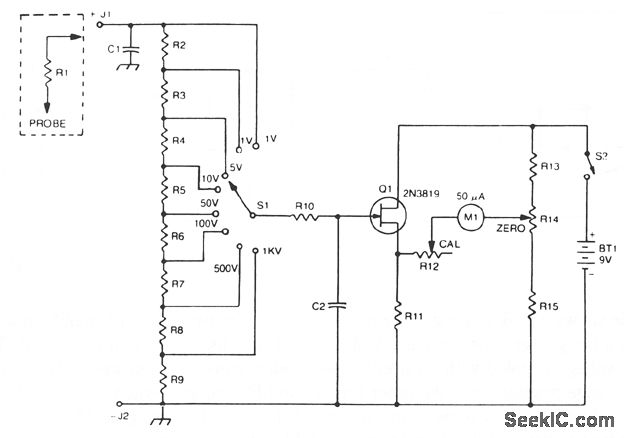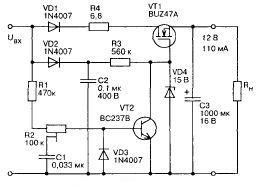
How I built a shortwave Armstrong FET regenerative receiver
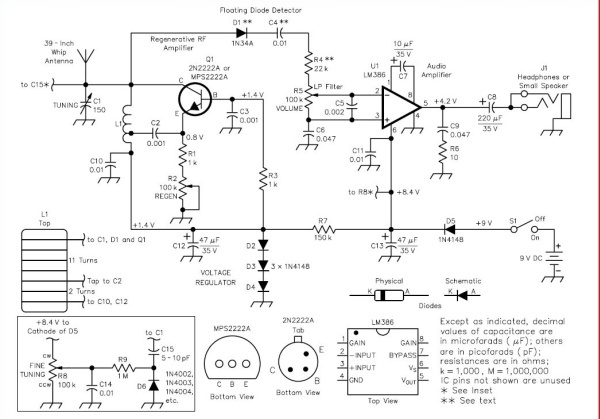
The text discusses experiences with common base or grounded base designs and bipolar transistors in regenerative stages, noting that bipolar transistors can provide higher amplification than FETs. It also mentions challenges faced with a radio project that included a floating diode detector and an LM386 audio amplifier configured for high impedance. The author describes the process of building the circuit, including using a pill bottle for a coil form, and the disappointment with the radio's performance, which was described as poor. Attempts to improve the radio by adding an RF stage using a 2N2222 transistor were met with mixed results, leading to frustration. The text expresses concern that such a project may discourage young individuals from pursuing electronics.
The common base or grounded base configuration is a fundamental transistor amplifier design that operates with the emitter as the input, the collector as the output, and the base terminal grounded. This design is characterized by its ability to provide high-frequency response and low input impedance, making it suitable for certain applications such as RF amplification. The amplification factor of bipolar junction transistors (BJTs) in regenerative receivers can be significantly higher than that of field-effect transistors (FETs) due to the inherent characteristics of BJTs, which allow for better control of current flow.
In the described project, the use of a floating diode detector is noteworthy as it eliminates the need for a DC bypass capacitor, which is typically used to stabilize the DC operating point in traditional designs. The LM386 audio amplifier integrated circuit (IC) is a versatile component known for its low voltage operation and can be configured for high impedance applications, making it suitable for interfacing with various audio sources.
The construction process involved assembling components on a circuit board, utilizing a pill bottle as a coil form, and integrating the circuit into an aluminum chassis. Despite initial efforts to tune the radio and achieve satisfactory performance, the outcomes were disappointing. The addition of an RF amplifier stage using a 2N2222 transistor was intended to enhance signal reception but resulted in instability in the regeneration control. This instability, referred to as "squirrellyness," indicates a high sensitivity to signal amplitude variations, which can lead to poor audio quality and overall functionality.
The project's challenges highlight the importance of careful design consideration in radio frequency applications. Regenerative receivers, while capable of providing significant amplification, can also introduce complexities in stability and control. The experience emphasizes the need for reliable circuit design and user-friendly projects, especially for beginners or young individuals exploring electronics. It is crucial to ensure that projects not only provide educational value but also foster a positive experience to encourage continued interest in electronics and radio design.I had never worked with " common base" or "grounded base" designs before and you know, I still don`t understand how they can amplify. Another thing, I had never used a bipolar transistor in a regenerative stage before, but had read that the amplification factor of a bipolar transistor in a regenerative receiver is actually much higher than for a FET
(I have since learned that an element with too much amplification makes for very unstable regeneration control - like this one had). Another thing that intrigued me was Mr. Kitchen`s so-called " Floating Diode Detector. " I would have never believed that you could get away without a DC bypass of some kind, but there it was and I just had to try it.
Finally, I had never seen a LM386 audio amplifier IC configured for high impedance like this and I wanted to see how well it would work. I began stuffing the circuit board with parts and soldering them in. For a coil form I used a pill bottle I got at a pharmacy. When complete, I mounted the circuit board and all the other parts very neatly in my little aluminum radio chassis and turned on the set.
Well, I could hear radio signals, but the truth is, the radio sucked. I mean, it sucked really badly (sorry Mr. Kitchen), I can`t lie, it just sucked. I was hoping I could get this disaster to somehow work without such "squirrellyness" so I decided to add a RF stage to its front end. After looking over the circuit board, I figured that I could easily grind out a portion ofthe circuit board`s ground plane with a tiny diamond burr I have.
That way, I could create the pads for an RF stage that I wanted. Well, I did, and it was easy to do and so I mounted a 2N2222 transistor for the RF amplifier and proceeded to put in all the parts for the other stages too. First thing I noticed was that the RF amplifier stage worked OK, but the regeneration control was still ultra squirrelly and I mean Squirrelly with a capital S.
When I`d tune in a station, the regeneration level would change drastically with the amplitude and it would sound absolutely awful. Now, when I bypassed the RF stage by turning it all the way down and I connected a short antenna to the tank circuit (as recommended in the original design), the regeneration worked somewhat better, but the signals were weak.
When I tried using an outside antenna (by wrapping the wire around the short antenna, as recommended), the unacceptable squirrellyness of the regeneration returned. What a bummer! My feelings of disappointment returned with a vengeance and I was more than a little mad at Mr. Kitchen and that company on the Internet and at myself for wastingso much of my time on this turkey. My radio worked so poorly, I just couldn`t live with it any more and, as I mentioned, I was more than just a bit angry about all this.
To tell the truth, I would never, in a million years, recommend that a young person build something like this. In my opinion, it is a waste of a kid`s money, but more importantly, it has every potential to discourage a young person and turn them away from the whole idea of designing and building radios.
Frustrating and disappointing projects have had that effect on me and I`m careful to avoid having young people feel discouraged. For example, I was given a cheap microscope as a kid and frustration and disappointment with it turned me off from the wonders of the microscopic world for nearly 50 years until I finally bought a really good scope.
Overcoming adversities is a skill that all young people need to develop, but one shouldn`t expect a kid to develop that skill too soon. In my opinion, this particular radio is not a good one for a young person to build because of the faults already mentioned and the fact that they would end up with something so utterly inferior, they would never be able to use it for anything practical or even want to sh
🔗 External reference
The common base or grounded base configuration is a fundamental transistor amplifier design that operates with the emitter as the input, the collector as the output, and the base terminal grounded. This design is characterized by its ability to provide high-frequency response and low input impedance, making it suitable for certain applications such as RF amplification. The amplification factor of bipolar junction transistors (BJTs) in regenerative receivers can be significantly higher than that of field-effect transistors (FETs) due to the inherent characteristics of BJTs, which allow for better control of current flow.
In the described project, the use of a floating diode detector is noteworthy as it eliminates the need for a DC bypass capacitor, which is typically used to stabilize the DC operating point in traditional designs. The LM386 audio amplifier integrated circuit (IC) is a versatile component known for its low voltage operation and can be configured for high impedance applications, making it suitable for interfacing with various audio sources.
The construction process involved assembling components on a circuit board, utilizing a pill bottle as a coil form, and integrating the circuit into an aluminum chassis. Despite initial efforts to tune the radio and achieve satisfactory performance, the outcomes were disappointing. The addition of an RF amplifier stage using a 2N2222 transistor was intended to enhance signal reception but resulted in instability in the regeneration control. This instability, referred to as "squirrellyness," indicates a high sensitivity to signal amplitude variations, which can lead to poor audio quality and overall functionality.
The project's challenges highlight the importance of careful design consideration in radio frequency applications. Regenerative receivers, while capable of providing significant amplification, can also introduce complexities in stability and control. The experience emphasizes the need for reliable circuit design and user-friendly projects, especially for beginners or young individuals exploring electronics. It is crucial to ensure that projects not only provide educational value but also foster a positive experience to encourage continued interest in electronics and radio design.I had never worked with " common base" or "grounded base" designs before and you know, I still don`t understand how they can amplify. Another thing, I had never used a bipolar transistor in a regenerative stage before, but had read that the amplification factor of a bipolar transistor in a regenerative receiver is actually much higher than for a FET
(I have since learned that an element with too much amplification makes for very unstable regeneration control - like this one had). Another thing that intrigued me was Mr. Kitchen`s so-called " Floating Diode Detector. " I would have never believed that you could get away without a DC bypass of some kind, but there it was and I just had to try it.
Finally, I had never seen a LM386 audio amplifier IC configured for high impedance like this and I wanted to see how well it would work. I began stuffing the circuit board with parts and soldering them in. For a coil form I used a pill bottle I got at a pharmacy. When complete, I mounted the circuit board and all the other parts very neatly in my little aluminum radio chassis and turned on the set.
Well, I could hear radio signals, but the truth is, the radio sucked. I mean, it sucked really badly (sorry Mr. Kitchen), I can`t lie, it just sucked. I was hoping I could get this disaster to somehow work without such "squirrellyness" so I decided to add a RF stage to its front end. After looking over the circuit board, I figured that I could easily grind out a portion ofthe circuit board`s ground plane with a tiny diamond burr I have.
That way, I could create the pads for an RF stage that I wanted. Well, I did, and it was easy to do and so I mounted a 2N2222 transistor for the RF amplifier and proceeded to put in all the parts for the other stages too. First thing I noticed was that the RF amplifier stage worked OK, but the regeneration control was still ultra squirrelly and I mean Squirrelly with a capital S.
When I`d tune in a station, the regeneration level would change drastically with the amplitude and it would sound absolutely awful. Now, when I bypassed the RF stage by turning it all the way down and I connected a short antenna to the tank circuit (as recommended in the original design), the regeneration worked somewhat better, but the signals were weak.
When I tried using an outside antenna (by wrapping the wire around the short antenna, as recommended), the unacceptable squirrellyness of the regeneration returned. What a bummer! My feelings of disappointment returned with a vengeance and I was more than a little mad at Mr. Kitchen and that company on the Internet and at myself for wastingso much of my time on this turkey. My radio worked so poorly, I just couldn`t live with it any more and, as I mentioned, I was more than just a bit angry about all this.
To tell the truth, I would never, in a million years, recommend that a young person build something like this. In my opinion, it is a waste of a kid`s money, but more importantly, it has every potential to discourage a young person and turn them away from the whole idea of designing and building radios.
Frustrating and disappointing projects have had that effect on me and I`m careful to avoid having young people feel discouraged. For example, I was given a cheap microscope as a kid and frustration and disappointment with it turned me off from the wonders of the microscopic world for nearly 50 years until I finally bought a really good scope.
Overcoming adversities is a skill that all young people need to develop, but one shouldn`t expect a kid to develop that skill too soon. In my opinion, this particular radio is not a good one for a young person to build because of the faults already mentioned and the fact that they would end up with something so utterly inferior, they would never be able to use it for anything practical or even want to sh
🔗 External reference
